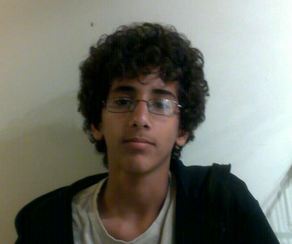The Damage Abdulrahman Al-Awlaki Was Collateral To? Not Dead.
I’m not sure which details from Michelle Shephard’s story on 16-year old Adbulrahman Al-Awlaki’s death in a US drone strike are most compelling. I find the description of the carnival rides Abdulrahman snuck past as he ran away from home to go look for his father haunting.
Abdulrahman al Awlaki crossed the front yard past potted plants and a carnival ride graveyard — Dumbo, Donald Duck, an arched seal balancing a beach ball — debris from his uncle Omar’s failed business venture to install rides in local shopping malls.
I’m intrigued by the report that Ali Abdullah Saleh denied to Nasser al-Awlaki, Adbulrahman’s grandfather and Anwar’s father, that he had any role in Anwar’s death.
“(Deposed Yemeni president) Saleh sent me a message through the former prime minister that said, ‘Tell Dr. Nasser I swear to God that I have nothing to do with the killing of his son,’ ” Nasser said.
By far the most infuriating, however, is the juxtaposition of Leon Panetta’s boasts of how accurate the targeting on these drone strikes are with Shephard’s reminder of the previously reported news that the claimed target of the strike that killed Abdulrahman, Ibrahim al Bana, was not killed in the attack.
It later emerged, but was not widely reported, that the strike did not kill its purported target, AQAP’s media chief, Egyptian Ibrahim al Bana.
[snip]
Defence Secretary Leon Panetta responded to questions about drone use during a 2009 public appearance when he was the head of the CIA.
“I think it does suffice to say that these operations have been very effective because they have been very precise in terms of the targeting and it involved a minimum of collateral damage,” he said.
That’s what we call American teenagers now: a minimum of collateral damage. To a target that our purportedly precise targeting somehow missed.

